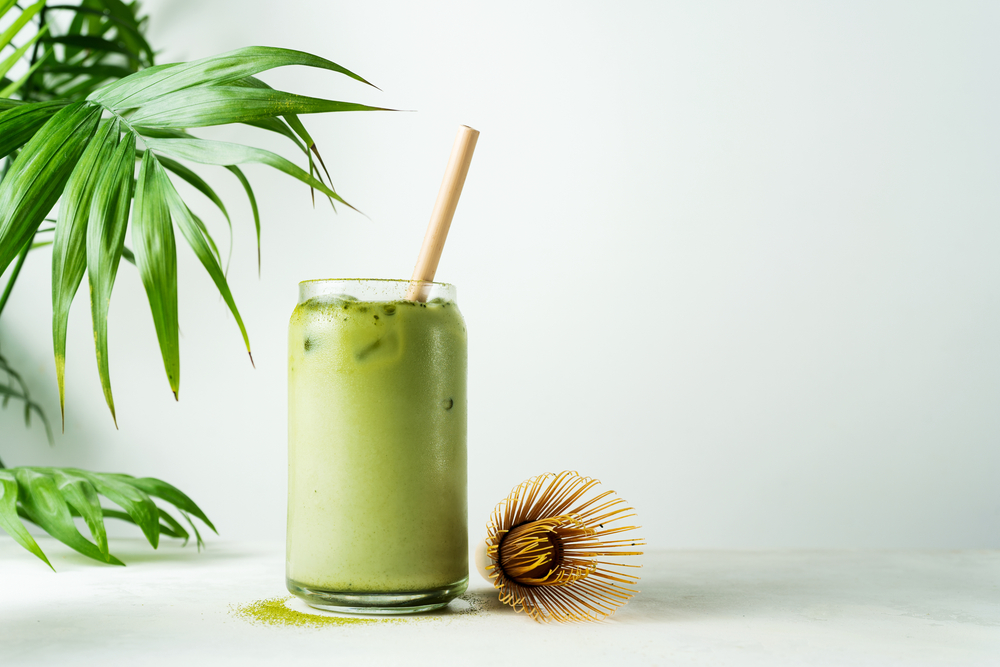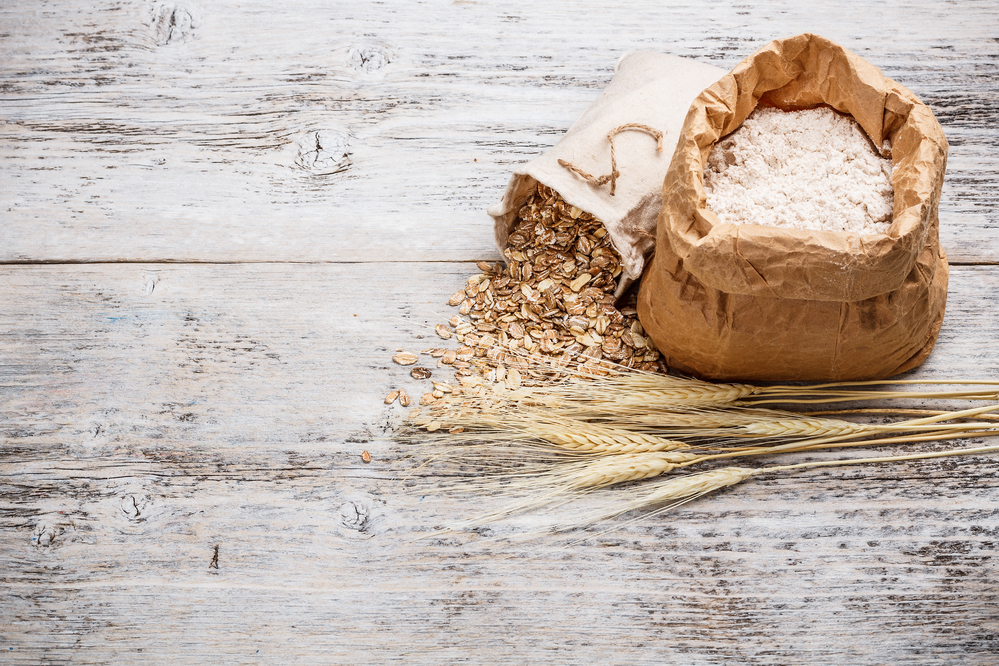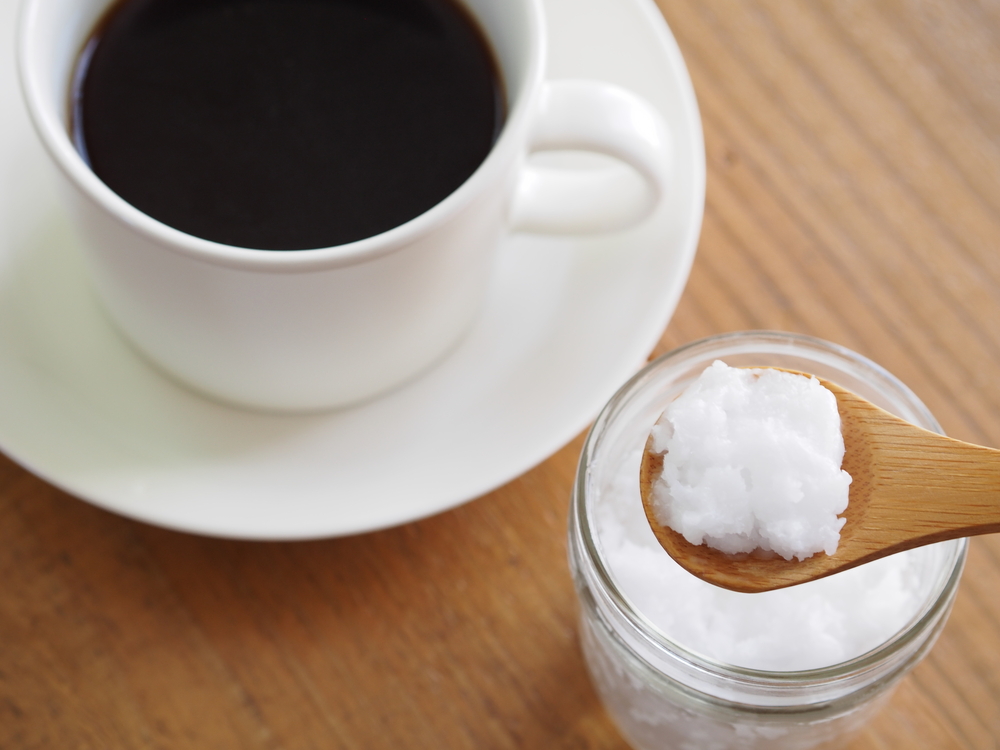Within the past few years, matcha lattes have grown in popularity. You can get them on the go, at many coffee shops, or you can buy the supplies to make it at home. While traditional matcha is just made with matcha powder and water, the latte form requires milk to give it a creamy texture.
There are many good choices as well as many bad choices to make for your matcha latte. When taking into consideration taste, texture, and environment, oat milk is the best kind of milk for your matcha latte. The second best milk choice would be coconut milk.
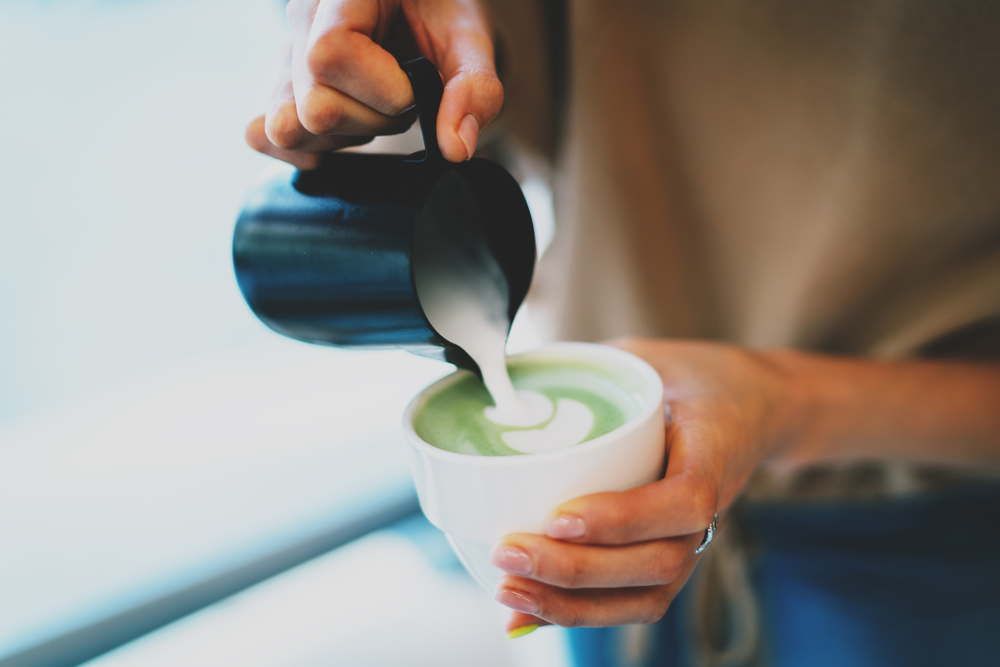
Dairy Milk
Many people think dairy milk is the most common milk source in lattes. In matcha lattes, however, dairy milk is not typically used. There are several reasons why dairy milk and matcha lattes don’t work well together.
First, dairy milk has a strong taste that either mixes badly with matcha or overpowers it. Matcha is a delicate taste so adding dairy milk to it will alter the taste of your drink, impacting how you taste the matcha.
Also, the properties of dairy milk simply don’t go that well with the properties of matcha. Using dairy milk in your latte can prevent your body from absorbing all the nutritional benefits that matcha has. If you are drinking matcha lattes to get the nutrients from the matcha, then using dairy milk will only hinder that.
Pros
- Common
Cons
- Will change or overpower the taste of the matcha
- Will impact how your body absorbs the nutrients from the matcha
Almond Milk
Almond milk has made itself known as the most popular and most well-known dairy-free milk next to soy milk. It is super easy to come by in stores and coffee shops. Also, it makes good lattes.
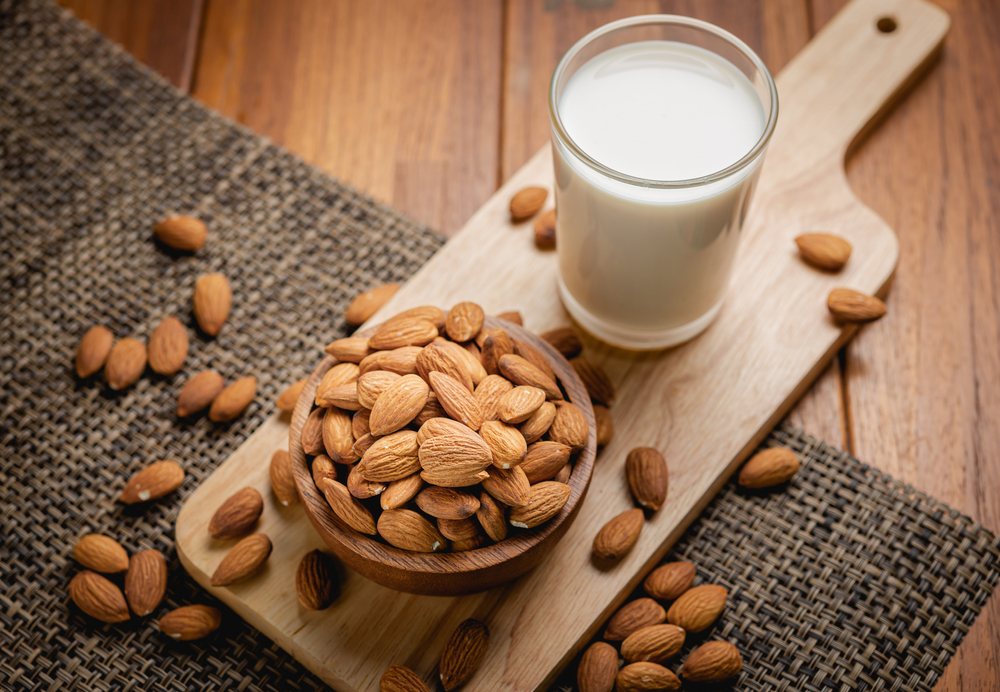
Almond milk is one of the better choices for your matcha latte. It gives a similar texture and whipping ability to dairy milk while having a sweeter, lighter taste. This milk can balance out the more savory flavor of matcha without overpowering it.
However, there are two problems with almond milk. The first problem is that almond milk doesn’t have a lot of nutritional benefits. It simply doesn’t give the same effect that other non-dairy milk has. If you are concerned about how much protein or vitamins you are getting, almond milk may not be the latte milk for you.
The other problem with almond milk is that it isn’t as environmentally friendly. While it’s better for the environment than farmed dairy milk, almonds take a lot of water to grow. Environmentally conscious people should choose a milk that isn’t as tough on the ground/agricultural water supply.
Pros
- Sweeter taste to compliment/balance out the matcha
- Very common in stores and coffee shops
Cons
- Low nutritional value
- Not as environmentally friendly
Rice Milk
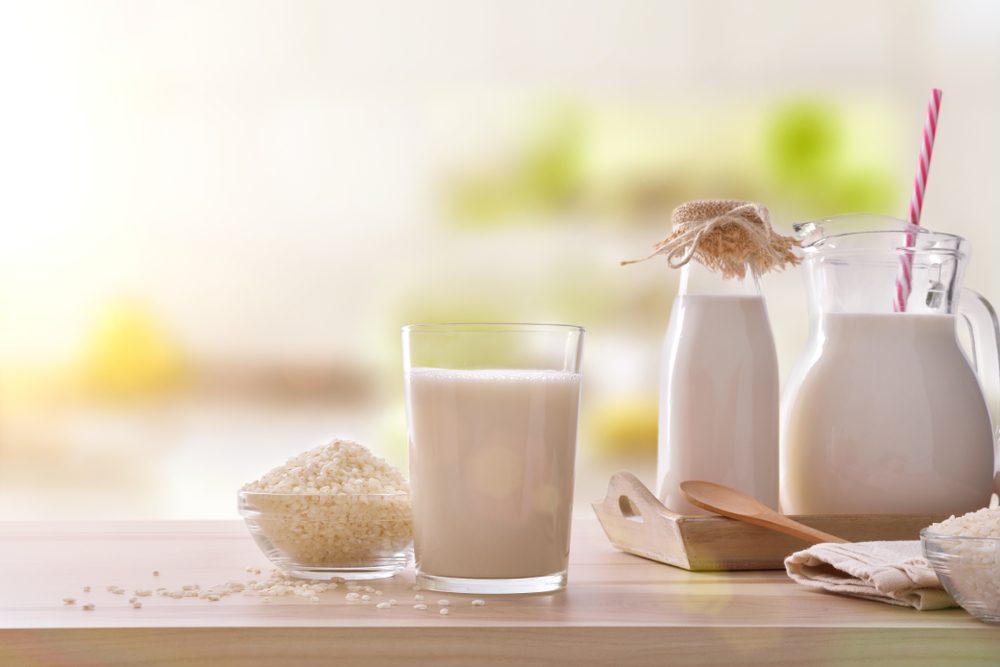
Rice milk is a more nutritionally beneficial alternative to almond milk. This kind of milk has a lot more protein, is a good source of carbs, and has more of the vitamins that almond milk lacks. If you are very active, making a matcha latte with rice milk can give you the nutritional boost you need before or after a workout.
However, rice milk doesn’t make the best latte texture. It doesn’t whip nearly as well as dairy milk or almond milk and can make your drink seem flat.
Another issue is that rice milk, along with sesame milk, has a more bitter taste. This will impact how your matcha latte overall tastes and can be unpleasant. It is usually better to stay away from the more bitter milks with your lattes.
Pros
- Has a lot more nutritional benefits
- Good for before/after workout matcha lattes
Cons
- Has a more bitter taste that will impact the way the matcha tastes
- Doesn’t whip as well and has a more flat texture
- Pretty plain
Coconut Milk
Coconut milk is a great option for your matcha lattes. It has many similarities to what works well in dairy milk while lacking in negative properties.

The taste of coconut milk is light and creamy, pairing very well with matcha. It can complement or balance out the flavor of matcha, making it a good match in a latte. Also, coconut milk whips nicely, adding to a lovely texture that will make your matcha latte a pleasant drinking experience.
Coconut milk also has a great variety of vitamins and other minerals in it that make it a healthier option than almond milk. There’s plenty of vitamin A and K, along with being known to aid in digestion. If you have a sensitive stomach, then coconut milk will work well for you.
With its health benefits, coconut milk can be high in fats. Also, it isn’t as commonly carried in stores or coffee shops unless you live in an area where coconuts are popular.
Pros
- Has a great taste that pairs well with matcha
- Has a good texture that makes the latte a pleasant drinking experience
- Has many health benefits
Cons
- Very rich in fats
- Not as commonly carried
Oat Milk
While almond milk has been the popular dairy-free milk option for quite some time, oat milk is making itself known for being the better alternative.
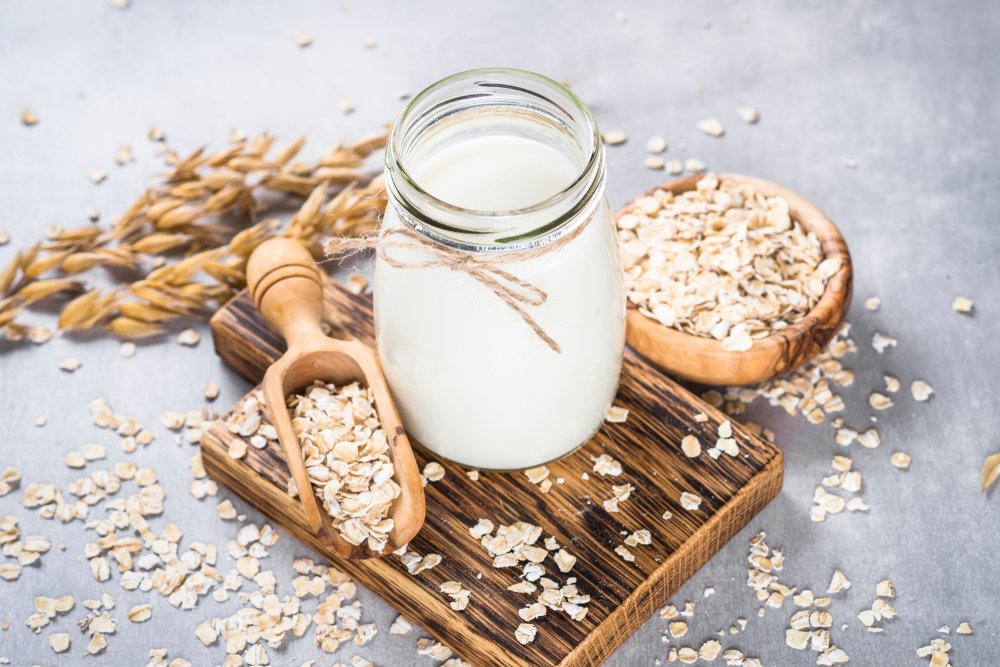
Oat milk is a great milk alternative for those with a lot of food allergies. Oat milk is dairy-free, nut-free, and can be gluten-free. Oats are naturally gluten-free, though do be wary when buying oat milk to make sure it hasn’t crossed contaminated with gluten products.
When it comes to taste, oat milk has the hearts of many. Its sweet and creamy flavor makes it a good option for lattes of all sorts, but especially for matcha lattes. Oat milk pairs very well with matcha, making it a good combination in a latte.
Oat milk also has a nice texture that pairs well in a matcha latte. It is creamier but not super heavy, allowing it to be whipped nicely. Want a very pleasant latte-drinking experience? Try oat milk.
Nutritional wise, oat milk has a lot of benefits that make it a good option. Oat milk has more nutrients than almond milk or coconut milk, but not as much as rice milk. There are plenty of vitamins, minerals, and digestion-aiding properties that can be found in this milk. Paired with matcha, you have yourself a healthy latte.
With oat milk gaining popularity, it is becoming a lot easier to find this milk in stores or in coffee shops. Many places allow you to use oat milk or buy it now.
Really, the only thing bad about oat milk is that it is one of the more pricy options, yet it is one of the more environmentally friendly milk substitutes. The sustainability aspect is one of the reasons why it’s more expensive, but it is worth it.
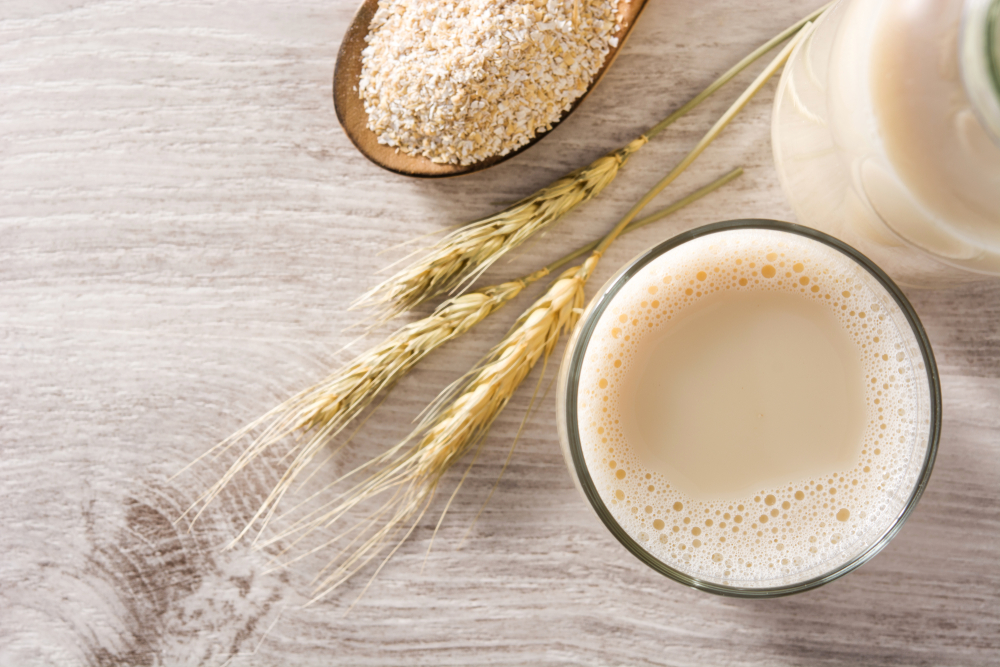
Pros
- Great taste and texture that make a delicious latte
- Has a lot of health benefits
- More environmentally sustainable
- Can more easily be found in stores and coffee shops
- Good for people with a lot of allergies
Cons
- More expensive than other options
The Verdict
Looking at the pros and cons of all the kinds of milk listed above, it’s easy to say that the winner is oat milk. With its great taste, texture, benefits, and ease of being found, oat milk is the best milk for a matcha latte. It’s a good thing that many coffee places carry oat milk now.
The second-best option for your matcha lattes is coconut milk. This kind of milk has similar benefits to oat milk, though it isn’t as easily found. Coffee shops are more likely to have oat milk than coconut milk. Also, coconut milk doesn’t have as many nutritional benefits as oat milk.
Matcha’s Taste
Throughout the article, the taste of matcha and how different kinds of milk are paired with it has been mentioned many times. However, what does matcha even taste like?
To put it simply, matcha has a chill grassy flavor that pairs with a sweet nuttiness. Some would describe matcha as having a more umami taste, which also means more savory. The overall taste goes from grassy to sweet to bitter to savory, giving your tastebuds an interesting ride.
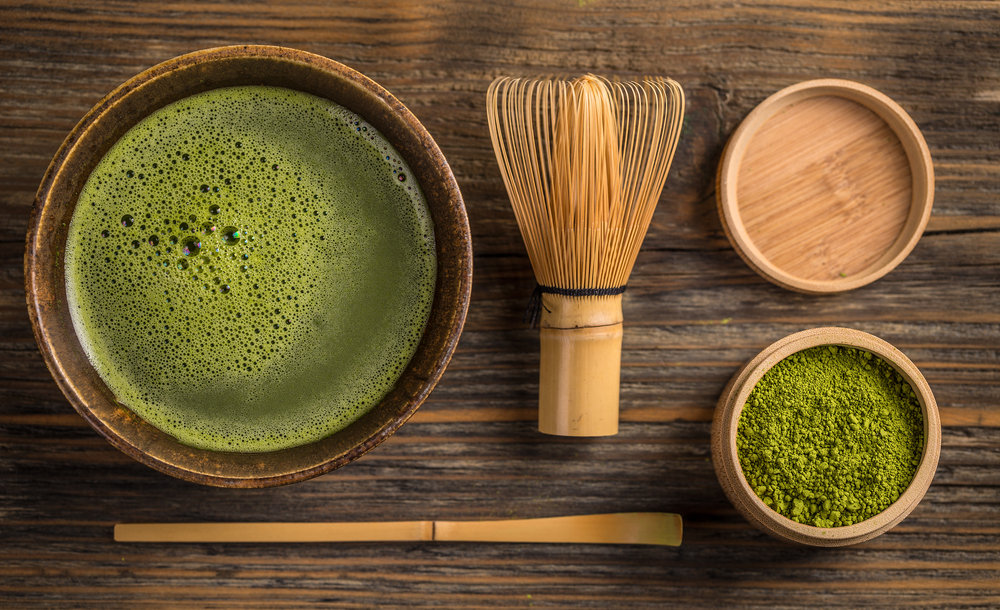
Preparing Matcha
There are a few things to keep in mind when you want to make your own matcha drinks. First of all, it is important to know how to keep the specific tools that matcha uses clean and to know how long matcha lasts.
How Long Does Matcha Last
In powder form, your container of matcha has a shelf life of 1-year without opening. Once opened, you should use your matcha within a month to keep the quality up high. The quality of matcha deteriorates quickly once opened and will lose flavor.
You will know when it’s time to throw your matcha out by this deterioration. It will become flavorless, lose color, and just doesn’t taste or feel good. It doesn’t technically go bad, but there’s no reason to drink matcha if it isn’t going to taste good.
How to Store Matcha
The best way to keep matcha fresh for the longest is by storing it in an air-tight container at room temperature. If you buy matcha in a bag, put the bag in another air-tight container for extra protection.
Also, keep the matcha out of the sun in a cupboard or even the fridge. The sun will cause the matcha to lose its color and flavor faster.
Making Matcha
Now, while it is recommended to have a matcha whisk, it is not required. You can use a normal whisk or not one at all.
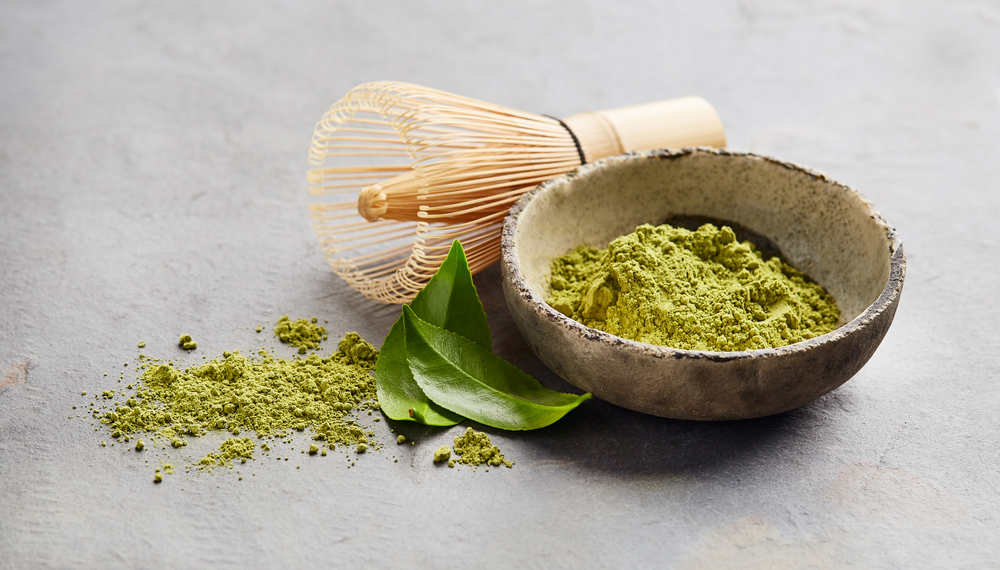
Matcha is made by mixing matcha powder with a small amount of water. The water can be hot or cold, depending on your mixing method and drink of choice. Hot water is better for getting the matcha to mix. It is a good idea to sift your matcha powder beforehand to remove extra clumps.
Without a whisk, you can combine the hot water and matcha powder in a few ways:
- In a mason jar and shake vigorously for a few minutes until there are no more lumps. There also exist matcha shakes specifically for this method.
- A blender. This is best for matcha smoothies and can be done hot or cold.
- A milk frother works well too. Essentially, it’s an automatic whisk.
Trying to use a spoon or fork won’t combine the matcha and water very well, so it is not the best option to use.
If you have a specific matcha whisk, like the popular bamboo whisk, all you have to do is wet the bamboo whisk before combining it in a small bowl. Whisk either back-and-forth or in a zig-zag pattern to better remove any lumps. Whisking circularly doesn’t work as well and will prevent foaming.
Once combined, either add your hot water or milk to create your drink of choice. With making a matcha latte, add your milk of choice (preferably oat milk) and froth until the consistency you like.
Cleaning a Matcha Whisk
To make sure you keep your matcha whisk in its best condition, you must know how to properly clean and care for it.
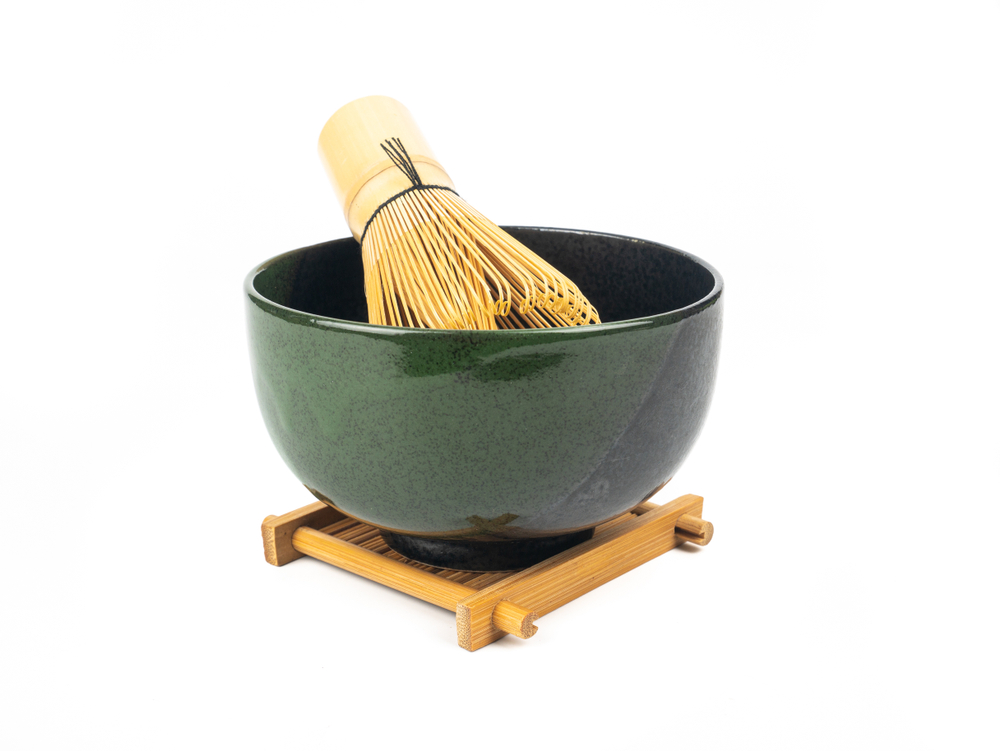
Never wait to wash your whisk. Letting the water from the mixture sit in the bamboo whisk will allow mold to grow.
To wash your whisk, use hot water and rinse completely. Don’t use soap as that will cause damage. After all the matcha has been removed from the whisk, place it on a towel or rack and allow to air dry.
Allow drying completely before storing. The only special thing you need to do while storing it is to make sure the whisk stays upright to prevent damage.
Final Thoughts
Matcha Lattes are a great way to get some caffeine if you don’t like the taste of coffee. Each kind of milk that you can use in it changes the taste, texture, and properties of your matcha latte. The best milk to use in your matcha lattes is oat milk or coconut milk.
You can make matcha lattes at home or buy them at a coffee shop. If you want to make it at home, you don’t even need a matcha whisk. Though if you do have a whisk, it’s important to know how to properly care for it.
Home or on the go, your matcha latte is sure to taste great, especially when you use the right kind of milk.


